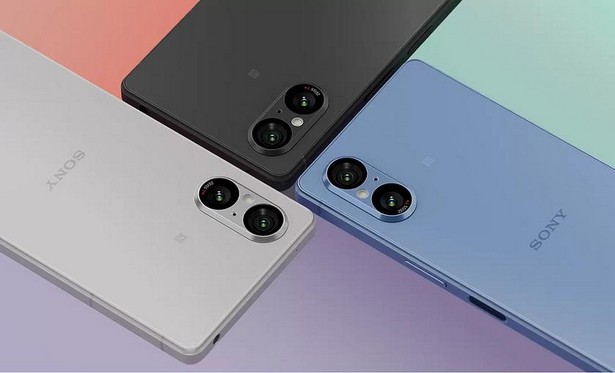The new Sony LYT-818 sensor for smartphone cameras shoots noticeably better in low light
03.10.24
Sony Semiconductor Solutions has introduced a new 50-megapixel CMOS sensor for smartphones under the LYTIA brand, called the LYT-818. This sensor is equipped with a 1/1.28-inch matrix and has advanced noise reduction technologies and a wide dynamic range.
One of the key features of the sensor is the Ultra High Gain (UHCG) circuit, which allows for sharper photos in low light, reducing the noise level to 0.95 e – a record for Sony mobile sensors.
HDR technology in the LYT-818 helps capture details in bright and dark areas of the frame. The sensor takes a single photo with three different settings, allowing you to balance the light and shadows in the image. The sensor is also characterized by reduced power consumption, which allows HDR to work continuously in real time, for example, when viewing images on a smartphone screen.
Additional characteristics of the sensor include a pixel size of 1.22 μm, the use of a Quad Bayer Coding color filter and support for video recording at a frequency of up to 120 frames per second at 4K resolution. LYT-818 supports analog, digital and MIPI interfaces.
Mass production of the LYT-818 will begin in September 2024, and the vivo X200 Pro is rumored to be the first smartphone with this sensor.
Don't miss interesting news
Subscribe to our channels and read announcements of high-tech news, tes
Oppo A6 Pro smartphone review: ambitious

Creating new mid-range smartphones is no easy task. Manufacturers have to balance performance, camera capabilities, displays, and the overall cost impact of each component. How the new Oppo A6 Pro balances these factors is discussed in our review.
Editor’s Choice 2025. Best devices of the year by hi-tech.ua

The best gaming laptops, mice for work, gaming keyboards, smartphones, and wireless headphones of 2025. Among them, we will highlight the most interesting ones and those that we can recommend buying.
Lenovo Adaptable Keyboard can adapt the pressure of pressing keyboard Lenovo mouse
Lenovo uses an optical actuation mechanism in this model, which allows you to change the key travel and response characteristics.
Athor of Medal of Honor, Call of Duty and Battlefield – Vince Zampella, has died games world events
EA noted that Vince’s influence on the gaming industry was profound and far-reaching, and his work shaped the modern understanding of interactive entertainment.


